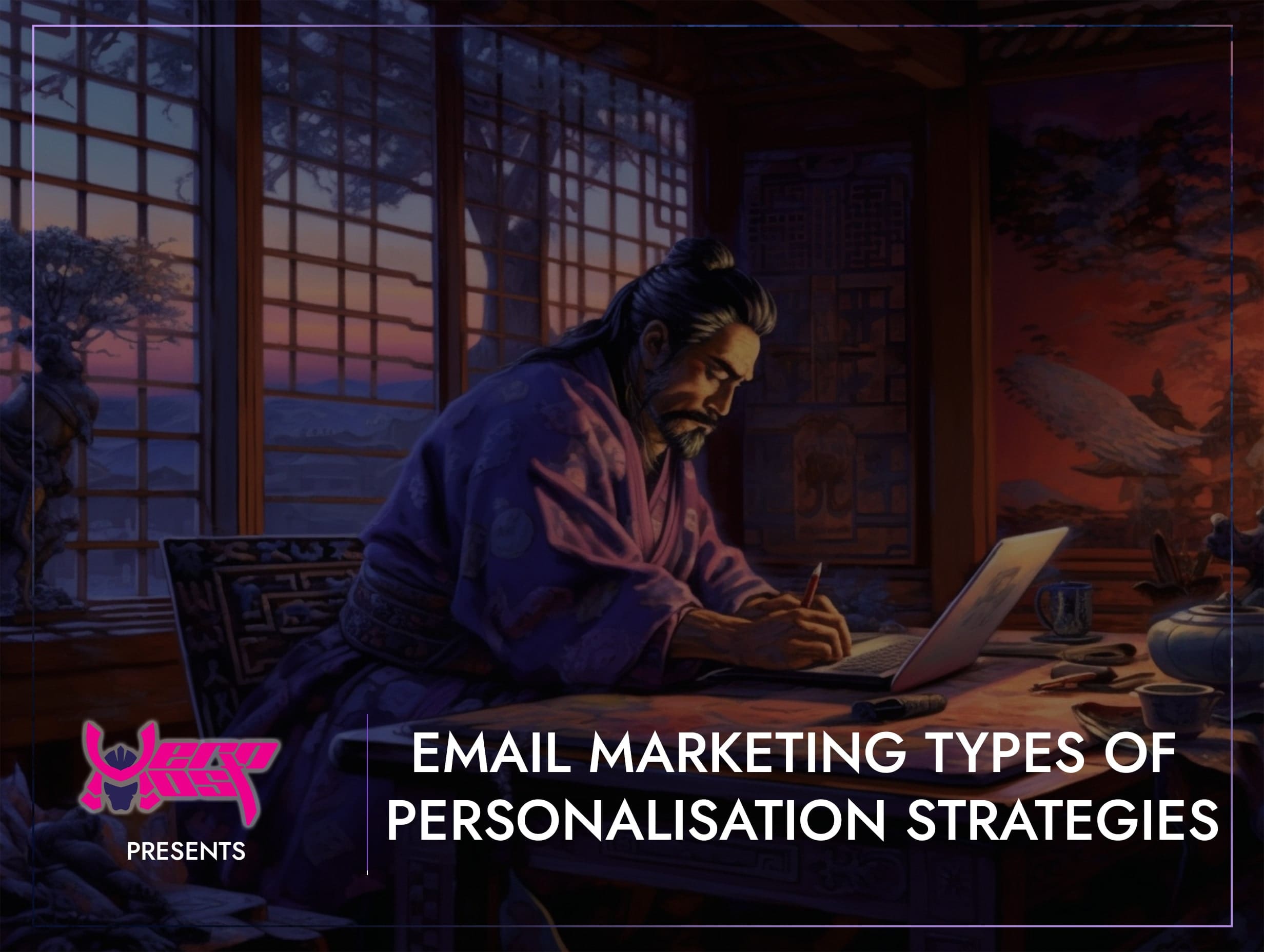Email Marketing: Best Practices of Personalisation
- Home
- Email Marketing
- Email Marketing: Best Practices of Personalisation

- Mikey Ryu
- May 4, 2024
- 0
Email Marketing: Best Practices of Personalisation
In the fast-paced world of email marketing, personalisation has become a cornerstone strategy for driving engagement, conversions, and ultimately, business success. By tailoring email content to the individual preferences, behaviours, and interests of recipients, marketers can create more relevant and compelling messages that resonate on a deeper level. However, effective personalisation requires more than just inserting a recipient’s name into the subject line—it requires a thoughtful and strategic approach. In this blog post, we’ll explore some best practices of personalisation to help you maximise the impact of your email marketing efforts.
1. Collect and Maintain Quality Data:
At the heart of effective personalisation lies quality data. To deliver personalised content that resonates with recipients, you need to gather and maintain accurate information about your audience. This could include demographic data, past purchase history, browsing behaviour, and more. By collecting and maintaining quality data, you can better understand your audience and deliver more relevant and targeted messaging.
2. Respect Privacy and Data Security:
While collecting data is important, it’s equally important to respect the privacy and data security of your subscribers. Be transparent about how you collect, store, and use their data, and ensure compliance with relevant data protection regulations such as GDPR or CCPA. By prioritising privacy and data security, you can build trust with your audience and foster stronger relationships over time.
3. Segment Your Audience:
Segmentation is a powerful tool for personalising your email campaigns. By dividing your audience into smaller, more targeted groups based on specific criteria such as demographics, behaviour, or preferences, you can deliver content that is more relevant and resonant to each group. This not only increases engagement but also improves the likelihood of conversions by delivering the right message to the right person at the right time.
4. Test and Iterate:
As with any aspect of email marketing, it’s important to continually test and iterate your personalisation efforts to ensure maximum effectiveness. This could involve testing different personalisation tactics, such as subject lines, content, or calls to action, to see what resonates best with your audience. By analysing the results of these tests and making data-driven optimisations, you can continually improve the performance of your email campaigns and drive better results over time.
5. Focus on Relevance:
When it comes to personalisation, relevance is key. Make sure that your personalised content is truly relevant and valuable to the recipient, and avoid personalisation for the sake of personalisation. This means taking the time to understand your audience and their needs, preferences, and interests, and delivering content that speaks directly to them.
6. Monitor Performance and Metrics:
Finally, it’s important to monitor the performance of your personalisation efforts and track key metrics such as open rates, click-through rates, and conversion rates. By regularly monitoring performance metrics, you can gauge the effectiveness of your personalisation efforts and make data-driven optimisations to improve results. This could involve adjusting your personalisation tactics, refining your segmentation strategy, or testing new approaches to see what works best for your audience.
In conclusion, personalisation is a powerful tool for driving engagement, conversions, and business success in email marketing. By following these best practices of personalisation—collecting and maintaining quality data, respecting privacy and data security, segmenting your audience, testing and iterating, focusing on relevance, and monitoring performance and metrics—you can create more relevant and compelling email experiences that resonate with recipients and drive better results. So whether you’re a seasoned email marketer or just getting started, consider incorporating these best practices into your next campaign to maximise the impact of your personalisation efforts.
Search
Categorys
- Branding (12)
- Business Growth Guides (3)
- Business Insights (3)
- Content Marketing (43)
- Domain Authority (19)
- Email Marketing (28)
- Google Analytics & Search Console (5)
- Hack or Not (2)
- Hero Host News (0)
- Inbound Marketing (32)
- Lessons From Asia (40)
- Marketing Guides (11)
- Martial Arts Journey (14)
- Outbound Marketing (8)
- Search Engine Optimisation (SEO) (41)
- Social Media Marketing (38)
- Web Design (20)
- Website Hosting (4)
- Wordpress (2)






